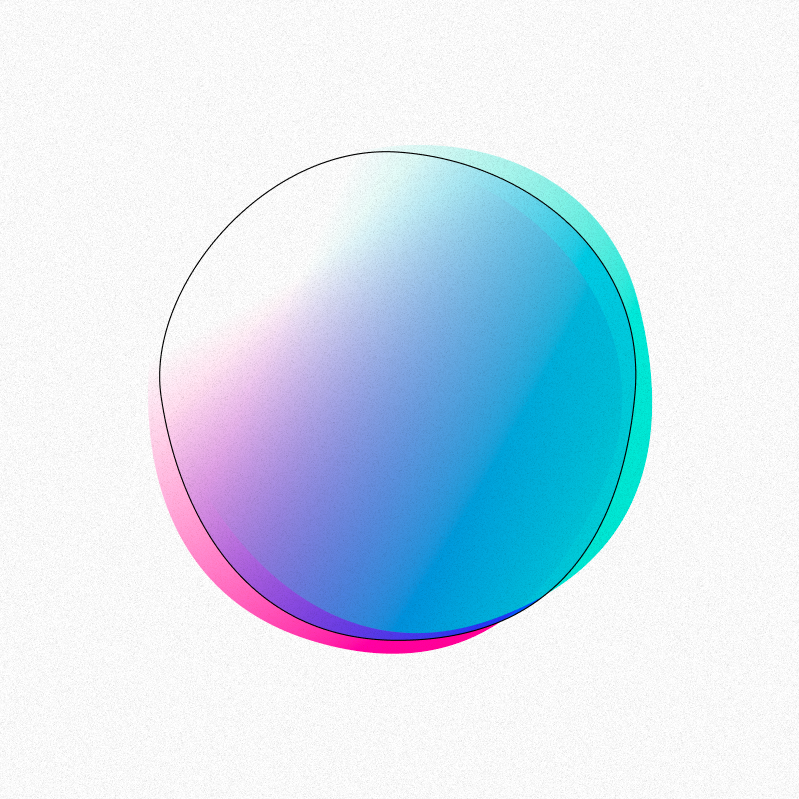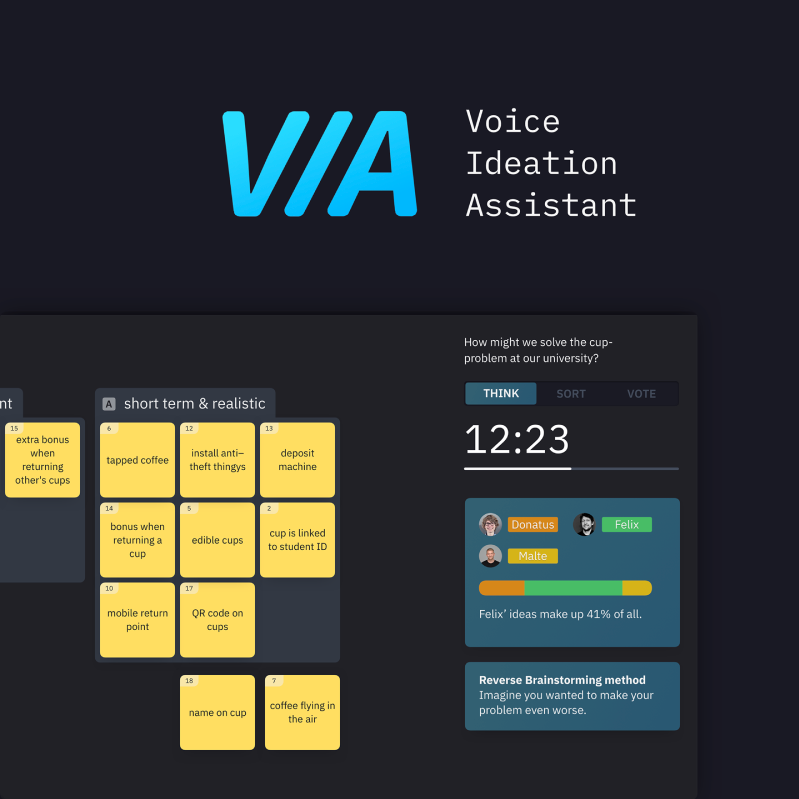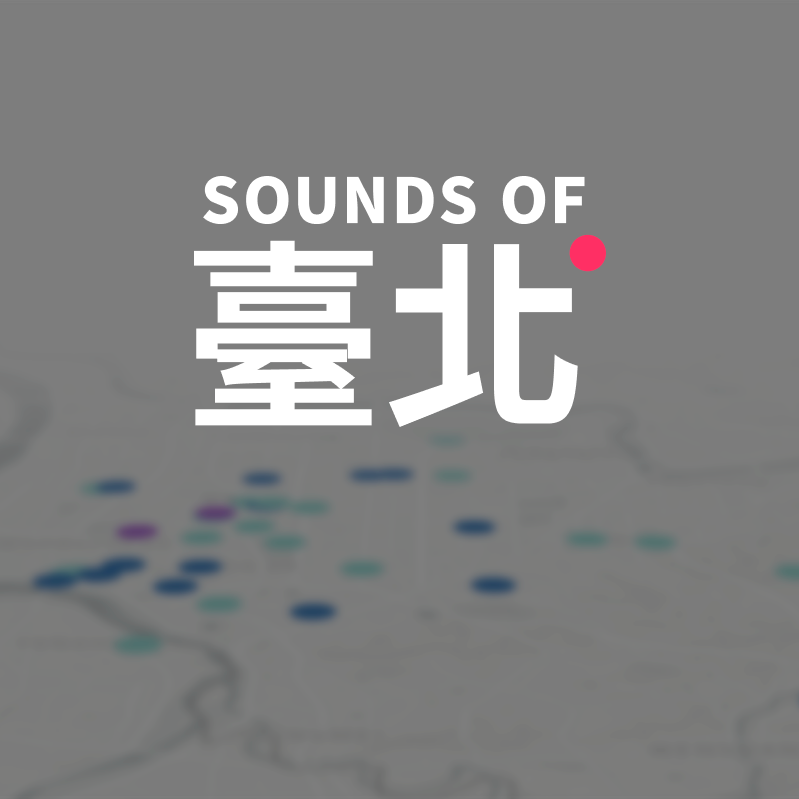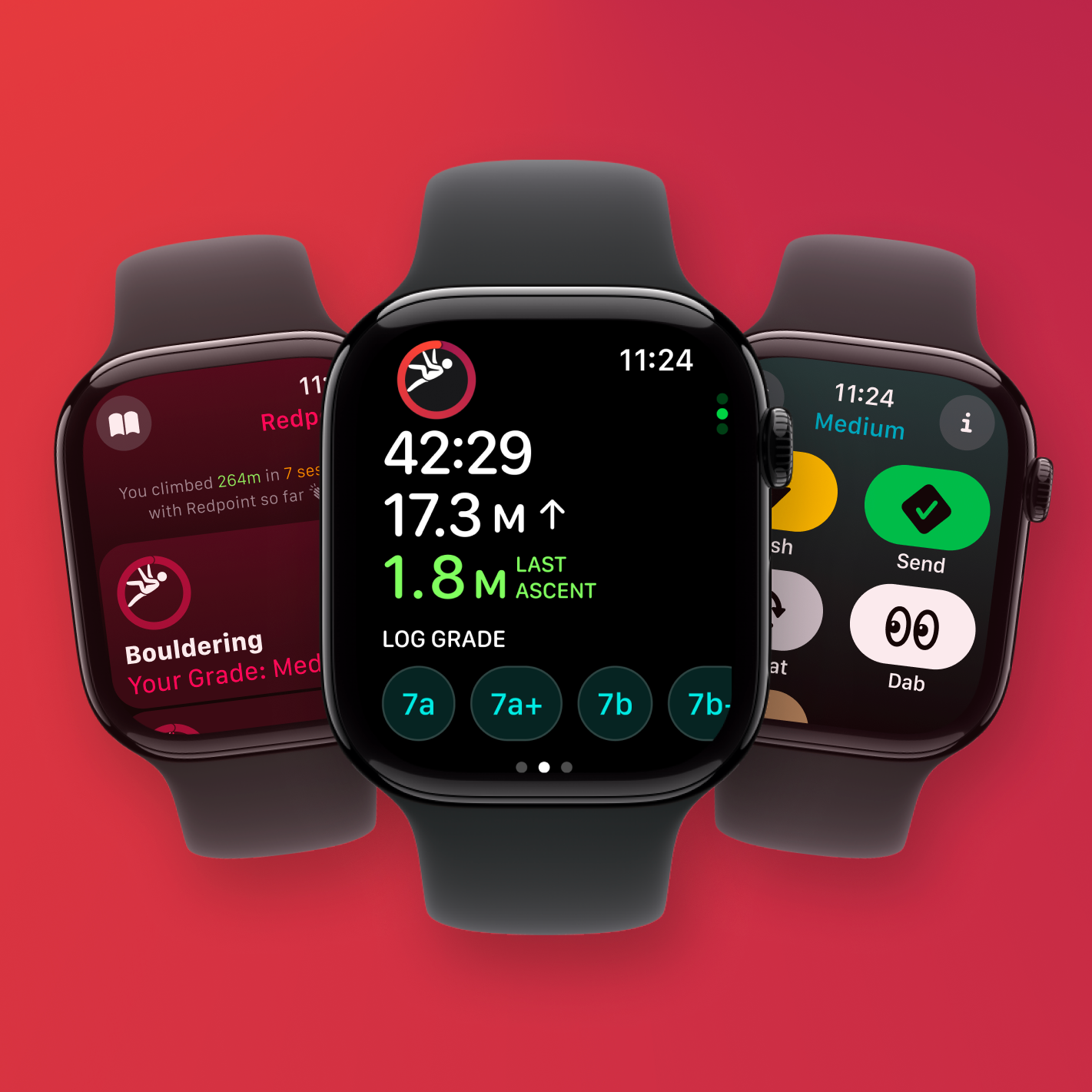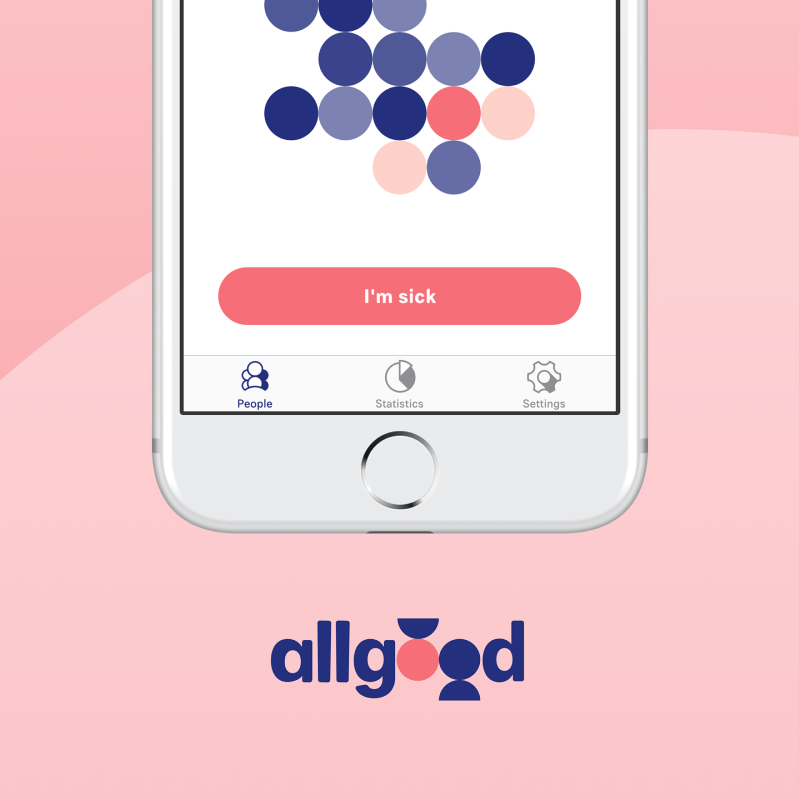The Bauhaus Archive project aims to digitally preserve and present Bauhaus artifacts, making them accessible to a broader audience.
In the Bauhaus Archive project, I focused on designing a digital platform to preserve and present Bauhaus artifacts. The UX design aimed at ensuring users could easily navigate and engage with the rich history of the Bauhaus movement. By creating a visually appealing and accessible interface, I helped make the history of one of the most influential design movements available to a broader audience, encouraging exploration and appreciation of Bauhaus art and design principles.
